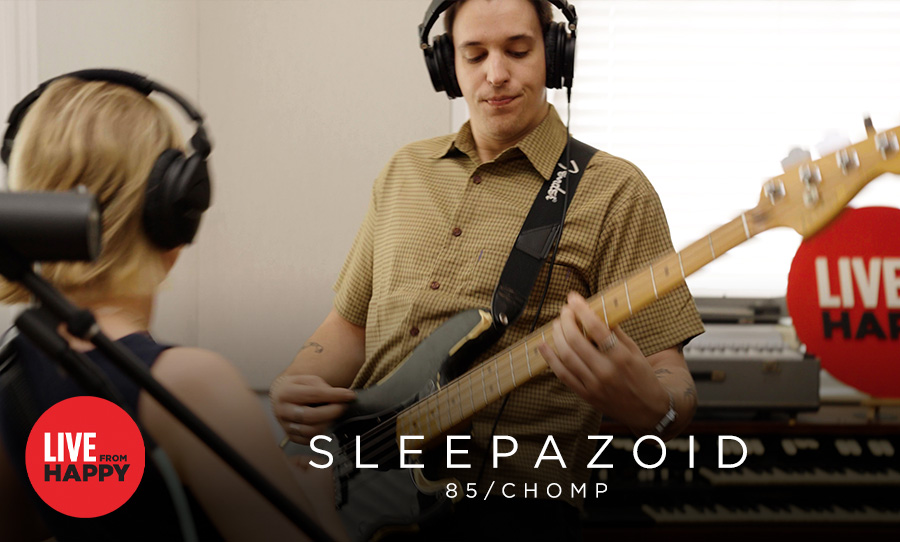The bass drum on a standard kit presents a unique miking challenge. The envelope of the sound is complex: a hard attack and depending on your drum, a long or short decay time. The instrument is a beast – big, loud and unpredictable. Capturing the aggression and energy from the kick drum is only half the story, though. How do you get the character, the depth required to complete the authentic bass drum tone?
The kick drum is a beast that requires sensitivity to genre requisites and environmental factors, and sometimes a little experimentation is in order.
A lot will depend on the style of the music. The sound of the kick is hugely influential on this score and will tend to have pigeonholing effect on the genre of the song. Acquiring the clean, “clicky” attack of the beater with a huge bottom end has largely been a modern pursuit, and will tend to make the pulse of the song sound, well, modern. It’s hard to be more specific than this, but if you listen to most major rock and metal releases from the late eighties onward, the kick drum generally sounds huge, with equal lashings of “toppiness” and beefy bass.
There are many ways to pull this classic modern rock tone and it usually involves having a microphone aimed at the beater, inside the drum. There have been a few mics designed specifically for this purpose, chiefest among them being the famous “egg” – the AKG D112. There’s also a couple of mics whose original purpose was aimed at other applications, yet also perform admirably for this close miking application. The Beyer Dynamic M88 was originally conceived for capturing the voice, but excels at reproducing complex low end information, such as the kind offered by the bass drum.
The interest of retro rockers would perhaps be more piqued by a tone that was less precise and more “garagey”. Letting the kick drum breathe more can offer a tone that’s rounder, fuller and slightly more predictable in the bottom end. Backing off the beater by some distance also allows for expanded microphone choice – the drop in sound pressure level makes it less dangerous to use more sensitive mics. Condenser mics, though somewhat unconventional for this purpose, are apt to reproduce high quality kick drum sounds. Large diaphragm models like the Neumann M 147 or small diaphragm models like the Oktava MK-012 can perform admirably on the kick, given that you have space to let the kick drum sound bloom.
Coupling microphones is a tried and true technique. Having a mic on the beater to provide click, and having one further back to provide the body is a popular way to capture the full and complex sonic envelope. Having the AKG D112 up close with an Electrovoice RE20 is a flavoursome combination. Obviously though, when miking a single source with microphones at different distances, phase is an important consideration. Careful phase aligning is necessary to avoid comb filtering (not least with other drums in the kit, the snare for example), unless you want to deliberately flout those rules – but that’s a whole other story when it comes to mixing.
A pair of microphones at exactly the same distance from the beater of the bass drum can provide a different character. Pairing up a condenser with a dynamic, given the appropriate distance, can offer up a very broad pallet of tonal options. Experimenting with microphone choices, preferably with very different sonic characters, is essential for yielding a unique picture of your bass drum.
Before you raid the mic locker though, carefully consider the nature of the instrument. The kick drum (indeed, the whole kit) is uniquely modular. You can take the skins off, radically change the tuning, change the beater material from felt, to hardwood to plastic. More so than any miking technique, modifying the kick drum it to taste will create the most powerful results.
The bass drum is the underlying pulse of rock and pop music. Experimenting with the construction of the kick drum, being adventurous with microphones and their capacities, and above all, understanding the nature of the music you’re trying to produce are the biggest factors in pulling the most appropriate sound for the bedrock of your song.



